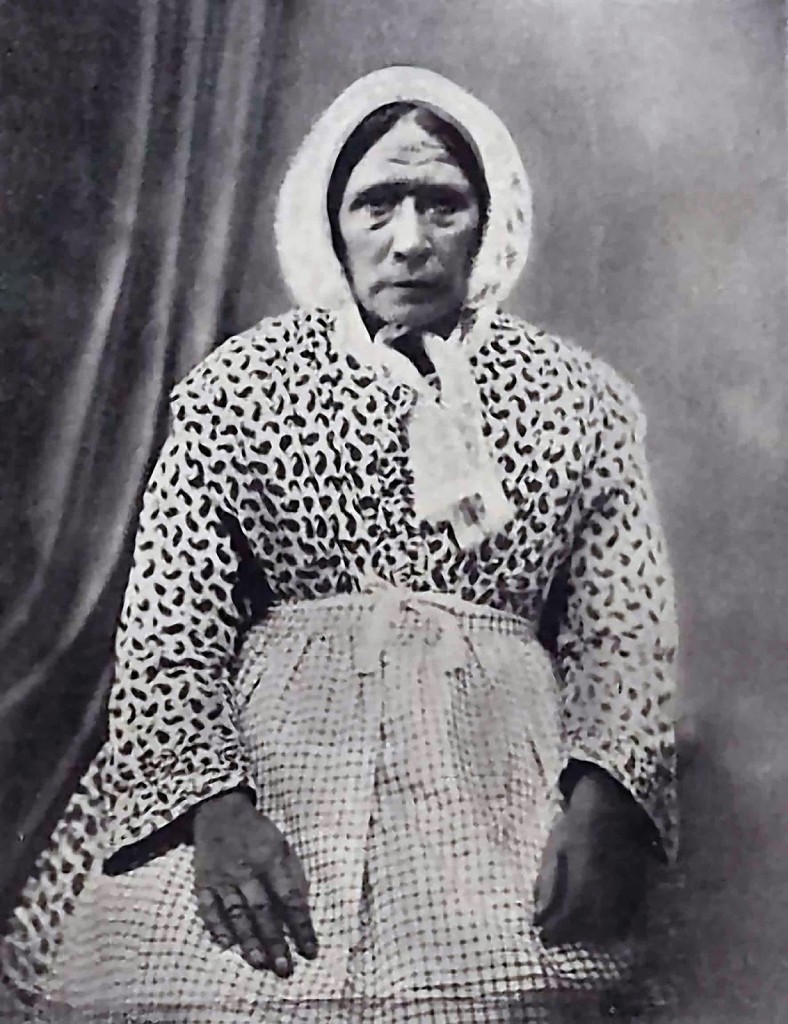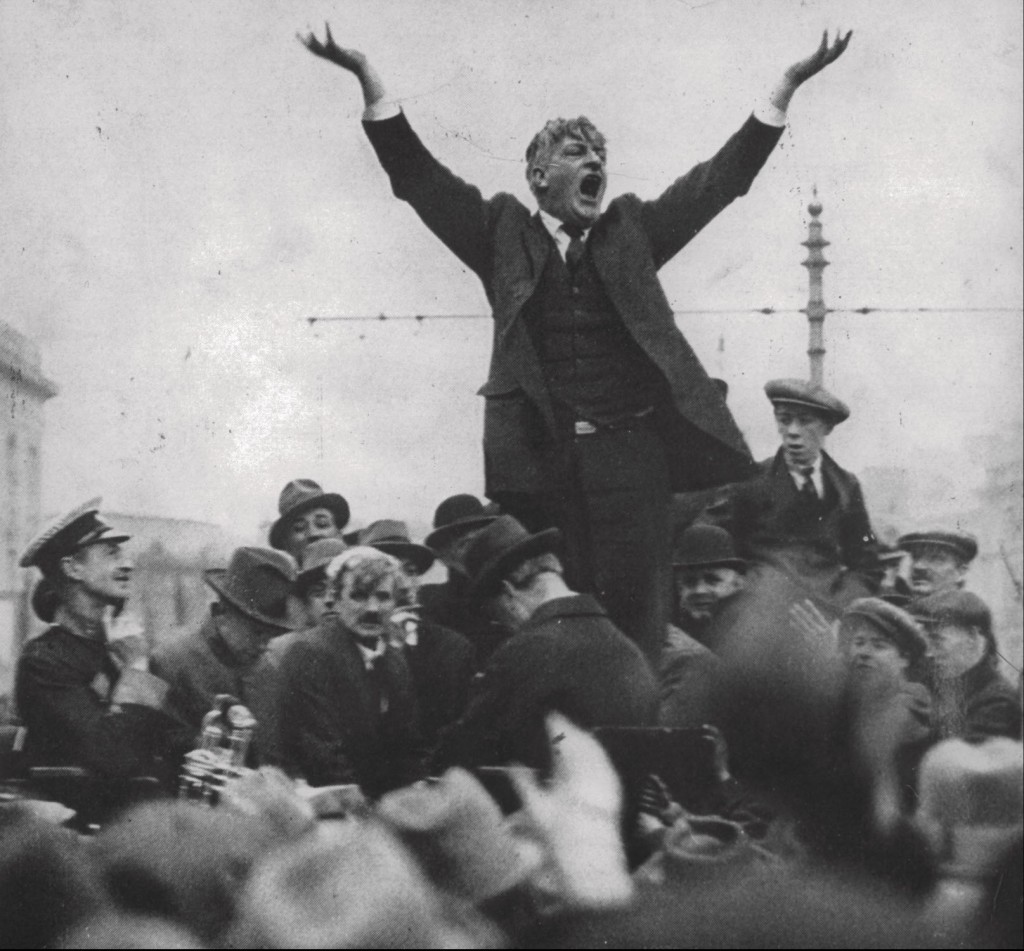Irish Pioneers Who Shaped Liverpool

James Larkin 1923 @ www.antiwarsongs.org
Irish Pioneers Who Shaped Liverpool
Everyone knows Liverpool has deep rooted connections to Ireland.
Since the Irish Rebellion in 1798 and the Great Famine in the 1840’s, Irish men and women have been migrating to the Merseyside city.
Nowadays, the influx of Irish people coming to Liverpool is primarily in the form of University students but make no mistake, Irish heritage in Liverpool is still strong. It is estimated that 75% of Liverpudlians have Irish ancestry, which is why the city is famously dubbed the ‘real capital of Ireland’.
Liverpool still has a huge connection to Ireland, whether it’s through the numerous Irish bars dotted around the city or the distinctive Scouse accent which originates from the influx of Irish and Welsh who came to the city all those years ago.
Liverpool has the strongest Irish heritage of any British city, so it’s no surprise that some of the most famous Scousers have Irish ancestry. These include world famous stars such as Cilla Black, Paul McCartney, George Harrison and Paul O’Grady. But what about the Irish people who significantly influenced Liverpool and the rest of the world?
Michael James Whitty
Michael Whitty had a huge influence on Liverpool and established some of the city’s most important institutions.
Born in Duncormick, County Wexford, Whitty was a literary who moved to Liverpool in 1828. He went on to become Liverpool’s first Chief Constable and subsequently founded the Police Force and Fire Brigade in Liverpool. After 11 years in the position and building these two forces to be a huge success, Whitty retired this post and purchased the Liverpool Journal with his £1000 retirement sum from the council.
Whitty was the main instigator in the abolition of the stamp act on newspapers and argued that if stamp duty was cut, he would publish a daily paper for one penny.
When this tax was repealed in 1855, Whitty founded the Liverpool Daily Post which successfully published the first penny daily newspaper in the United Kingdom.
The paper successfully ran for over 158 years, but sadly there wasn’t enough room for two newspapers in Liverpool and the final addition was printed on the 19th December 2013, leaving the Liverpool Echo to become the primary news source in the city.

Agnes Elizabeth Jones
Agnes was another highly prominent person in Liverpool and Irish history.
Agnes, who was from County Donegal, wasn’t born in Ireland; she spent most of her childhood there and went on to become one of the most respected nurses in history.
Jones became the first trained Nursing Superintendent of Liverpool Workhouse Infirmary and had connections to Florence Nightingale, who said of Agnes; “She overworked as others underwork. I looked upon hers as one of the most valuable lives in England.”
She furthermore led an experiment alongside Willian Rathbone where she contributed massively towards the welfare of the sick and poor.
Unfortunately, during Agnes’ tireless work, she contracted the typhus fever, which was an epidemic amongst the poor in the 1860s, and at the young age of 35 she sadly passed away.
Agnes’ work didn’t go unnoticed and her contribution to nursing is highly remembered; a window in the Anglican Cathedral is dedicated to her memory and a statue to her exists in the Cathedral Oratory. There is furthermore a student housing association in Liverpool who named a hall of residence after the celebrated nurse. Agnes Jones

source: https://www.alamy.com/agnes-elizabeth-jones
Kitty Wilkinson
An Irish migrant from Londonderry, who became known as the Saint of the Slums, Kitty Wilkinson was a health campaigner dedicated to educating the public about health and hygiene.
In 1832, cholera first arrived in London and quickly made its way up north to Liverpool where it claimed the lives of over 55,000 people.
Kitty was the only person in her neighbourhood to have a boiler, so she invited all of those with infected bedding and clothing to use it. This saved countless lives and saw the first public washhouse open in Liverpool. After ten years and with public funds, Kitty opened the UK’s first combined public washhouse and baths.
Kitty also took in homeless children and taught them that cleanliness was the most important weapon against disease.
Today, Kitty Wilkinson is remembered via a marble statue, which lives in St Georges Hall, and she was the first women to be commemorated with a statue.

James Larkin
Born to Irish immigrant parents in Liverpool, James Larkin was instrumental in changing the way in which companies treated and paid their workforce.
Born into poverty and following a move to County Down, James would go to school in the mornings and work in the afternoons, a common practice in the late 1890s and early 1900s.
Despite growing up with little formal education, Larkin went on to become a trade union leader and social activist who had a great impact on the Independent Labour Party.
During his time on the front line, Larkin was extremely active in organising the Irish labour movement, he successfully campaigned for higher wages, united the protestant and catholic workers and moved the movement south to Dublin.
Larkin later founded the Irish Transport and General Workers’ Union in 1908, which still exists to this day.
James Larkin also notably founded The Irish Worker and People’s Advocate newspaper, which was a pro-labour paper and didn’t hold back on its opinionated journalism. The newspaper only ran for three years before it was closed down by the authorities.
Most notably, James was famed for his role in the 1913 Dublin Lockout, which was a major dispute between 20,000 workers and 300 employees in Dublin’s city centre where he campaigned for workers’ rights, pay and conditions.
This strike went on for five months before workers were starving and a number of businesses had gone bankrupt. Although it may seem like the strike wasn’t a huge success it paved the way for other unions and highlighted the solidarity of Irish workers, in which the employers would never try to break again.
James Larkin received a lot of praise and backlash following his work in the union, particularly when he was imprisoned in 1910. GB Shaw described him as ‘the greatest Irishman since Parnell’ and James Connolly said, “we have amongst us a man of genius, of splendid vitality, great in his conceptions, magnificent in his courage”.
James is remembered in Liverpool by the street name James Larkin Way, which is situated just off of Scotland Road where James grew up.

Liverpool celebrates its Irish heritage like no other. St Patrick’s Day is one of the biggest celebrations in the Scouse calendar, which is accompanied by a 10-day celebration of the Irish during the annual Irish Festival that takes place every October.
We’re a city wholly proud of our diverse culture and heritage, which is why on the 19th March you’ll find the street of Liverpool filled with Irish dancers, music and a sea of green as people celebrate the patron saint.
If you need any more reasons to love Liverpool, we’ve found 32 reasons why.


